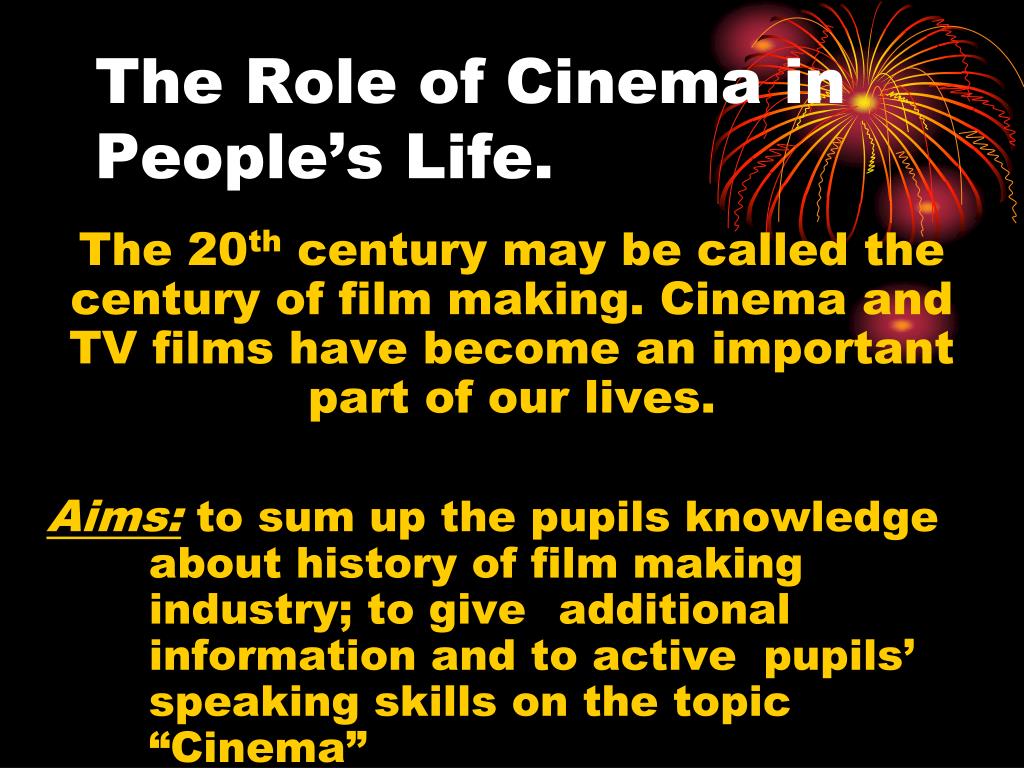Cinema has always been a powerful medium for storytelling and entertainment, but it also has the potential to serve as an important educational tool. In this essay, we will explore the various ways in which cinema can be used as a means of education and how it can enhance the learning experience.
First and foremost, cinema allows for the visualization of concepts and ideas that may be difficult to fully comprehend through written or spoken language alone. Whether it's historical events, scientific principles, or abstract concepts, films can bring these subjects to life in a way that engages and resonates with audiences. For example, a film about the civil rights movement may be able to convey the emotions and struggles of that time period in a more impactful way than a textbook or lecture could. In this way, cinema can be a valuable supplement to traditional methods of education, helping students to better understand and retain information.
In addition to providing visual aids for learning, cinema can also serve as a means of introducing students to new perspectives and cultural experiences. With its global reach, film can expose students to different cultures, histories, and ways of life that they may not have otherwise been exposed to. This can broaden students' understanding of the world and help to promote empathy and understanding for others.
Cinema can also be used as a tool for critical thinking and analysis. Many films tackle complex themes and ideas, and watching and discussing them can encourage students to think deeply about the issues presented. For example, a film about social justice may inspire students to consider their own beliefs and values and encourage them to take action in their own communities.
Finally, cinema can be a powerful tool for inspiring and motivating students. Whether it's a film about overcoming adversity or achieving greatness, watching stories of triumph can serve as a source of inspiration for students to pursue their own goals and dreams.
In conclusion, cinema has the potential to be an invaluable educational tool. It can help to visualize complex concepts, introduce students to new perspectives and cultures, encourage critical thinking, and inspire and motivate students to reach their full potential. As such, it is important for educators to consider the potential of cinema in their classrooms and find ways to incorporate it into their teaching.







